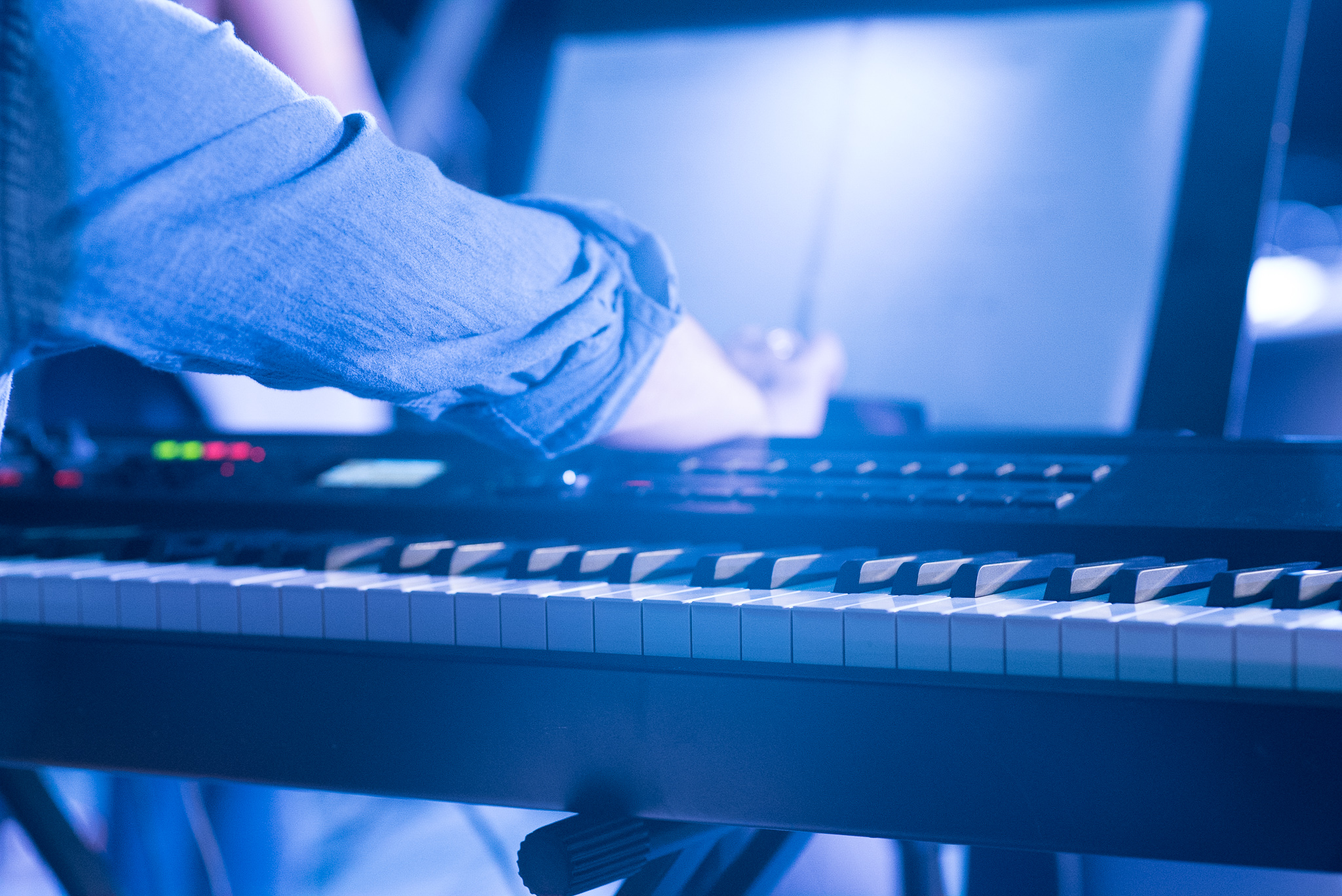If you’ve spent any time in a more contemporary worship service, you’ll notice that, oftentimes, during prayers and other speaking moments, there is typically some type of ambient noise coming through the sound system. This ambient noise is called “padding”. To those who may not be musicians themselves or be comfortable in a contemporary worship service, padding can sometimes be confusing and strange. The goal of this blog is to communicate clearly why we choose to pad during worship services, when are appropriate times to pad, and a basic understanding of how to effectively pad.
This may surprise you, but there is biblical precedent for padding. In 1 Samuel 16, King Saul is tormented by an evil spirit. His solution is to find someone who can play the harp, in order that he may feel better. David is selected for his excellence and ability to play the harp, and verse 23 says, “Whenever the evil spirit from God bothered Saul, David would play his harp. Saul would relax and feel better, and the evil spirit would go away.” (CEV) Am I arguing that padding makes evil spirits flee in our corporate worship service? Not necessarily. I am arguing that the Lord has designed music to help ease anxiety, to help provide an environment for us to focus on Him, and to help us engage Him with our emotions. Skillful padding has the ability to aid in our worship spiritually and emotionally, as well as help us physiologically relax and focus. In our context at Grace Bible Church, padding will primarily be done through a keyboard.
The question then becomes this: when should we pad during worship services? Although my answer is certainly subjective and the context of your own church matters deeply, I would argue that padding should be done during transitions between songs, during any prayer, and during speaking moments from the worship leader. Think of padding as the glue that connects moments together as we flow through the morning’s set. Sometimes silence can be tasteful and appropriate, but many times silence is awkward, and becomes a distraction as congregants are unsure of where to head next in the service. I would argue that the two most crucial transitions of a worship service are the transition from song to sermon (or sermon to song) and the moment when you transition from pre-roll music into the first song or first element of the service. A tasteful, ambient pad with subtle piano can help draw people’s attention towards worship and aid in preparing hearts to smoothly transition into hearing the teaching of the Word of God.
In my opinion, when you are padding, the most important thing to do is to anticipate the moment. What I mean by that is this—be both an active listener to the words that are spoken and consider what type of sound would help create congruence between what is being said and what should be felt. For instance, if someone is praying and is talking about sin, death, or a topic that may be more serious, be sure to play the 6-minor of whatever key you are padding in. If there is a moment of celebration or triumph, be sure to play a good amount of the 1-major of that key, as this tone matches a more joyful emotion and helps create integrity between emotion and communication. It is imperative that when padding, we don’t overplay! The goal of padding is to help create an emotional environment without drawing attention to ourselves, but instead, aiding in pointing our people’s hearts to worship Christ for who he is and what he has done.

